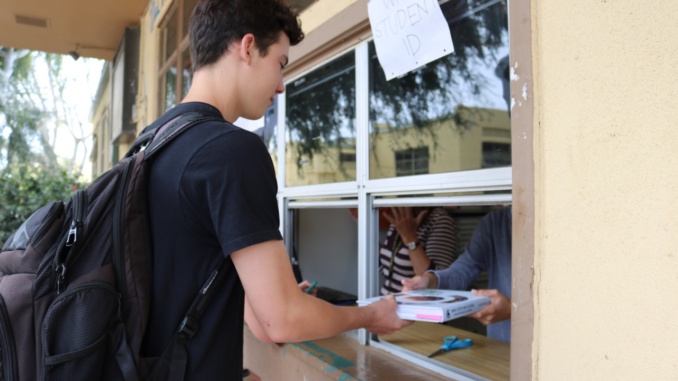
By Julia Sheth
Arts Editor
The current process of evaluating teachers at Costa is incomplete because although it allows teachers to choose between three methods of evaluation, the 360-evaluation, the pilot evaluation and the goals-based evaluation, it does not allow for full representation of students’ valuable opinions and perspectives.
Student and parent opinion is needed to provide teachers and administrators with a full, accurate picture of teachers’ strengths and weaknesses.
The only method of evaluation out of these three options that takes student and parent opinion into account is the 360-evaluation, in which teachers administer a bank of multiple choice questions to one or more of their classes and one or more of their classes’ parent groups. According to Vice Principal Ian Drummond, these personalized evaluations allow teachers to see the areas that they are succeeding in and the areas that they need to work on in order improve their class for future years.
However, considering that these three teacher evaluations options are used to see how well teachers are completing their jobs, all three evaluation options need to include a student component. The student component should not only be an option for tenured teachers, but should also be a mandatory component of all evaluations for both tenured and probationary teachers.
As stated by Drummond, through a pilot evaluation, it is possible that administrators may write their comments on a teacher and prepare an evaluation after only one or two class visits. Because this is such a short observation period, including a mandatory student component to the evaluations would give the administration a more accurate display of how effective a teacher’s teaching style actually is over a longer, more consistent period of time.
With this in mind, it is still necessary for all evaluations to include a faculty component. According to Principal Dr. Ben Dale, these faculty evaluations provide teachers with constructive criticism and positive reflections because teachers have personal experience with what the job entails.
However, it is not enough to solely have faculty input as it causes teacher evaluations to be one-sided and incomplete, as other teachers do not spend every day in the classroom with those that they are evaluating.
A wide scope short answer survey for all students and parents that addresses teaching methods, grading policies and homework would help solve this problem.
Senior English teacher Diana Sieker is one of the teachers at Costa who has employed the student and parent surveys by choosing the 360-evaluation. According to Sieker, the feedback from students proved to be extremely insightful, as it helped validate her teaching strengths and pinpoint the areas in which she could improve upon in future years.
Therefore, although teacher evaluations should continue to include faculty input, they all should be bolstered by a mandatory student component in order to allow the administration and the teachers to better understand the areas that teachers need to improve in from a student’s perspective.




Leave a Reply